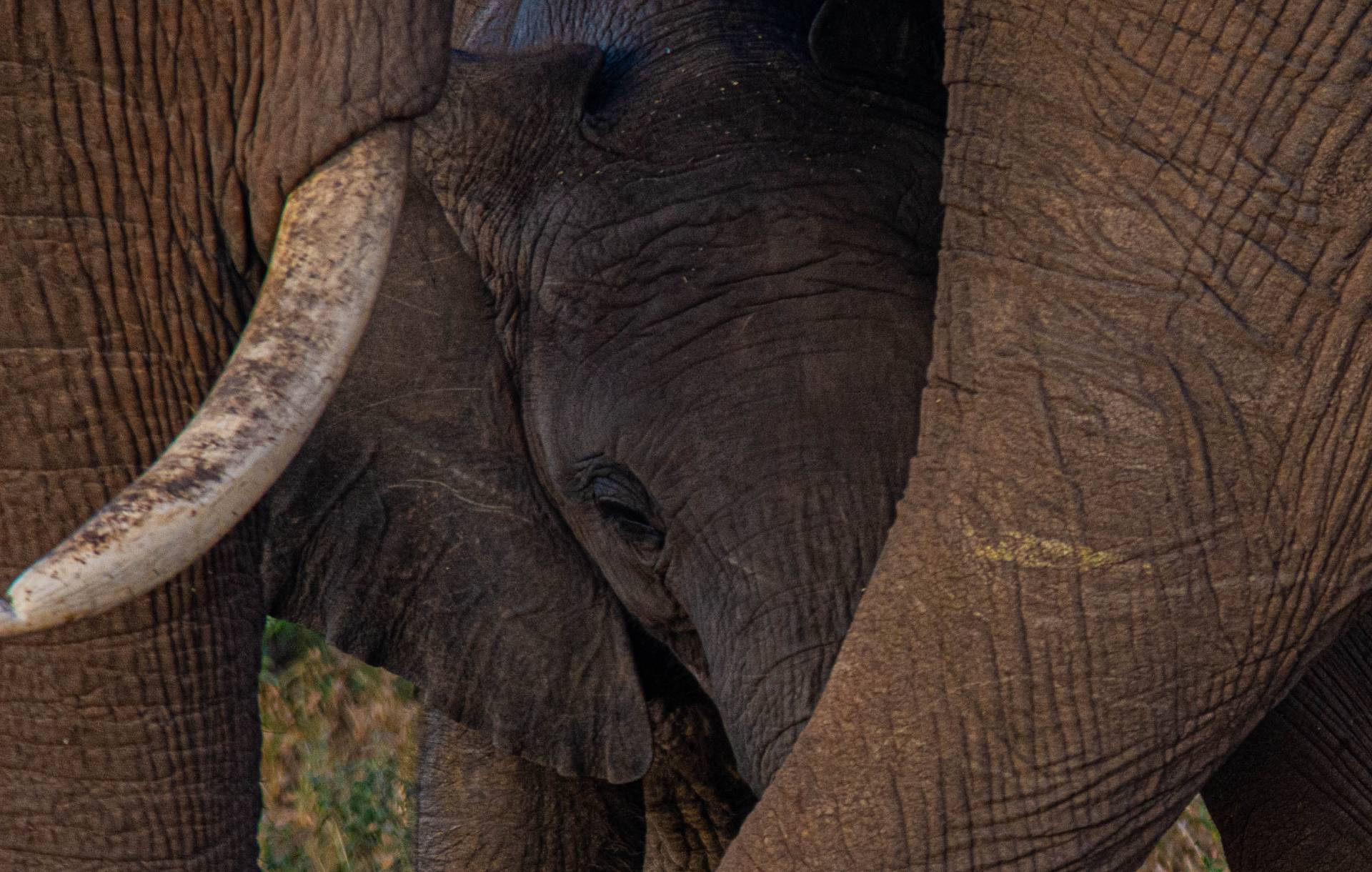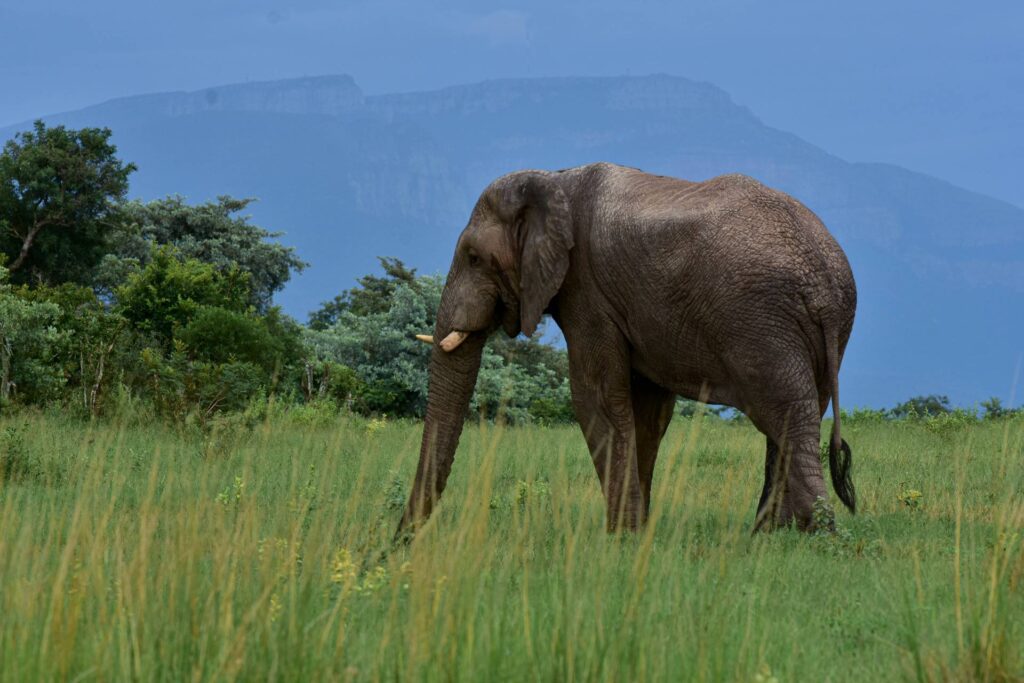
Grace in Giants: Honouring Elephants on World Elephant Day
There are few creatures on Earth as awe-inspiring as elephants.
They never pass by unnoticed — their towering presence, slow and steady movements, and deep, soulful eyes leave a lasting impression on anyone lucky enough to witness them in the wild. They command respect, not through aggression, but through a quiet dignity that speaks to the heart of nature itself.
Every year on August 12th, we celebrate World Elephant Day — a special day to reflect, raise awareness, and speak up for these magnificent animals who face more challenges than they deserve. It’s a time to honour not only their beauty and intelligence, but also their place in the world — and in our hearts.
More than Giants
Elephants are often described as gentle giants, and once you’ve watched a herd interact, it’s easy to see why. There’s a tenderness in the way mothers care for their calves, in how older siblings help guide the young, and in how herds rally together in times of trouble.
They grieve their dead. They celebrate births. They comfort one another.
And perhaps most beautifully, they never forget. Elephants carry memory across generations, passing down important knowledge — like where to find water, how to navigate the seasons, and even how to maintain peace within their group.
There’s something deeply familiar in their ways. Something that reminds us how connected we are to them.

The Story Behind the Tusks
An elephant’s tusks are one of its most defining features — long, curved, and powerful. But what many people don’t realise is that these tusks are not just for show. They are, in fact, elongated incisor teeth, made of dense dentine and coated in smooth ivory.
In African elephants, both males and females usually have tusks. In Asian elephants, only some males do — and theirs are often smaller.
Elephants use their tusks for:
- Digging for water or minerals in dry riverbeds
- Peeling bark off trees to eat
- Lifting and moving heavy objects like logs
- Defending themselves from threats
- Marking paths or breaking through dense bush
- Communicating, especially during sparring or social interactions
Losing their tusks doesn’t just mean physical pain. It means losing tools they rely on to survive — and far too often, it means losing their lives. The ivory trade has claimed the lives of over 20,000 elephants every year. Behind every carved trinket or antique figurine is a tragic story of loss.
When we protect their tusks, we protect so much more than ivory — we protect survival, heritage, and the wild itself.
More Than a Species — A Community
Elephants live in close, matriarchal families, led by the oldest and wisest female. These herds are built on trust, cooperation, and communication. Young males eventually leave the herd and either roam alone or form small bachelor groups — but they remain social, and connected.
Communication among elephants is extraordinary. They use low-frequency rumbles that can travel through the ground and be picked up by other elephants through their feet and trunks — sometimes kilometres away. They also communicate with body language, touch, scent, and sound, creating a deep and emotional connection between members of the herd.
To see them interact is to witness a kind of harmony that feels rare in the world today.

Nature’s Gentle Architects
Elephants don’t just live in their environment — they shape it.
They are often called “ecosystem engineers” or “landscape architects” because of how much their behaviour influences the world around them:
- They dig for water, creating waterholes that help countless other species survive.
- They spread seeds across long distances, helping forests and grasslands regenerate.
- They clear paths through dense vegetation, opening up areas for smaller animals to move and thrive.
In many ways, elephants build the homes that other animals live in.
The Challenges They Face
Sadly, these incredible animals are under constant threat:
- Poaching continues to devastate elephant populations, driven by the demand for ivory.
- Habitat loss from farming, mining, and human development leaves elephants with less and less space to roam.
- Human-wildlife conflict often ends in injury or death — for elephants and for people.
- Climate change is drying up water sources and making it harder for elephants to find food.
The world elephants once knew is shrinking — and changing fast.
How We Can Help
The good news? Each of us can play a part in protecting elephants — and ensuring their future.
- Support Conservation Efforts
Follow and support organisations like Elephants Alive, Save the Elephants, and The Elephant Crisis Fund. They work on the ground to protect elephants and their habitats. - Travel with Purpose
Choose safari lodges and tour operators that put conservation and community first. Avoid experiences that involve elephant rides or performances. - Say No to Ivory
Never buy or sell ivory — no matter how old or beautiful it may seem. Every piece represents suffering. - Raise Awareness
Use your voice, your social media, or your dinner table conversations to educate others — especially around World Elephant Day.
A Final Reflection
To stand in the presence of an elephant is to be humbled. To hear the low rumble of their call, or watch a calf nuzzle into its mother’s side, is to realise how deeply emotional and connected these animals truly are.
They are strong, but gentle. Wild, yet wise. Vulnerable, yet resilient.
On World Elephant Day, and every day, let’s honour them not just with words — but with action, compassion, and commitment. So that future generations can still look across a sun-drenched savanna and feel the magic of seeing an elephant in the wild.
Because when we protect elephants, we protect something sacred.

